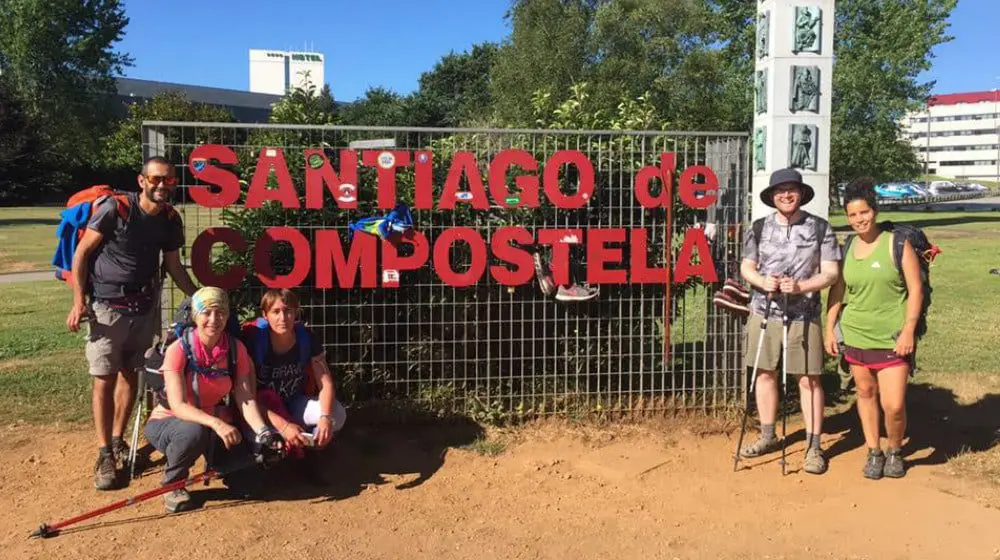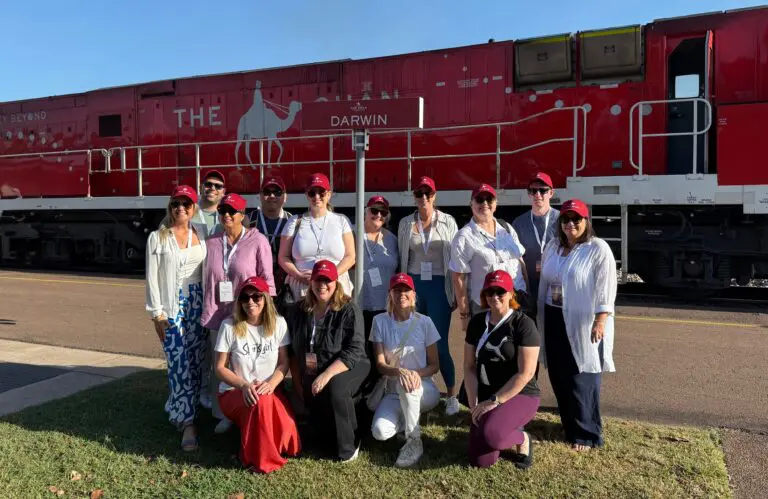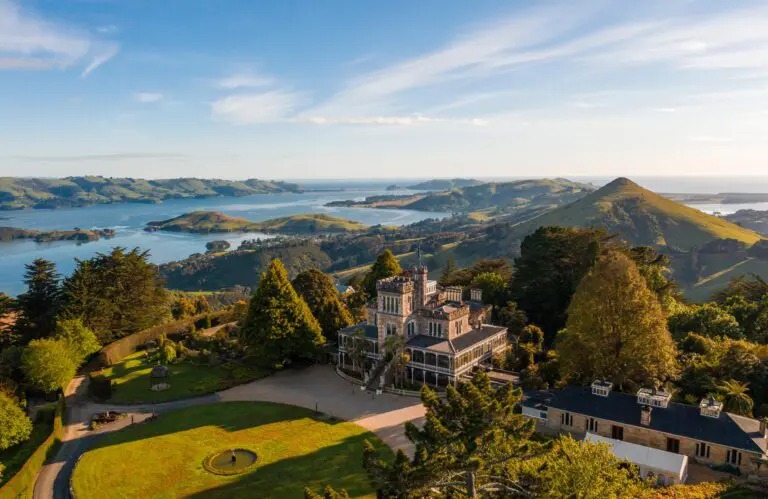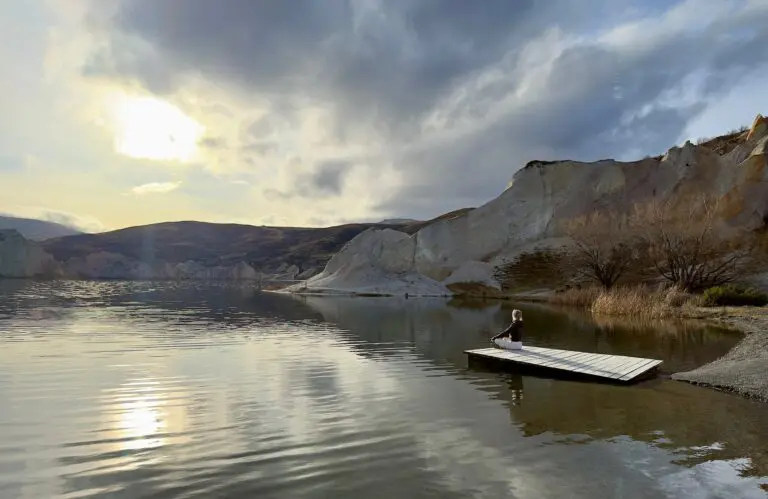There’s nothing wrong with a flop ‘n’ drop holiday in Fiji or making yourself sick from too many rides at Disneyland. But there is everything right about a travel experience which engages your body, heart and soul.
Mona Tannous works for The Sultanate of Oman Tourism in Sydney, has walked the Camino de Santiago trail twice, and as she says – definitely not for the last time.
This week Mona sat down and shared with me ‘how it all works’ and what it’s all about.
1. How did you hear about Camino de Santiago?
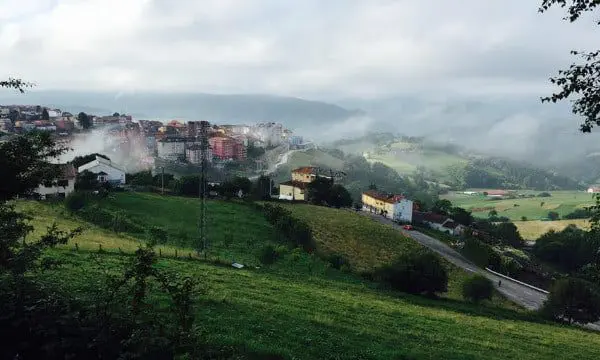
“I was in my mid 20’s and knew it was definitely something I had to accomplish in my life. The walk from St Jean Peid De Port to Santiago takes on average 5-6 weeks but I could never find the time back then. Life was too full of other so called ‘exciting’ stuff.
In 2015 I did 263 km of Astorga to Santiago and in 2016 walked the original, and arguably the toughest ‘Camino Primitivo’ which covered 343kms.”
2. Why did you choose to do this?
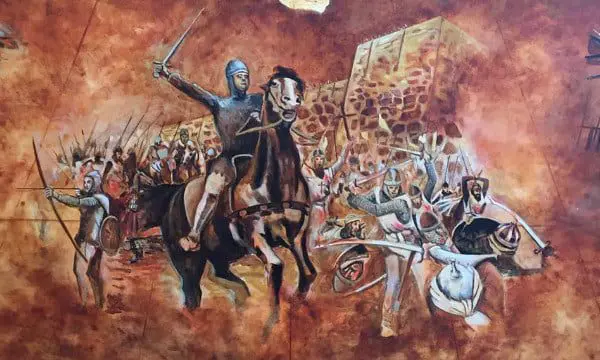
“The Camino “calls you” but in my case it took 20 years to hear it. The decision to walk happened in a precise moment that is etched in my memory. I kept seeing online advertisements for walking boots and backpacks, walking into Kathmandu stores. I’d never set foot in one of these stores in my life before.
I was having the Monday morning blues dealing with a troll on the Oman Facebook page. Just before I logged out a brand-new post appeared on the Camino by Glenyce Johnson (Wandering the World). I read the headline and knew it was time.
I called Glenyce and within half an hour – it was done. The energy of just being “right there”, knowing that this would change my life made me burst into tears.”
3. Were you a keen walker before you did the trail?
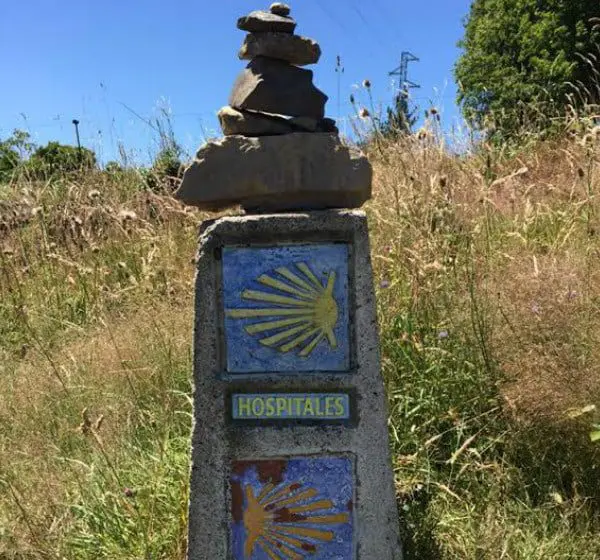
“Putting on a pair of hiking boots and walking for days at a time was a complete foreign concept to me. I knew it would be physically tough but I wasn’t prepared for the mental and spiritual change. On my first day of walking where everything just fell apart and I wonder how on earth I was going to make it the whole way.”
4. What is it actually like on the pilgrimage?
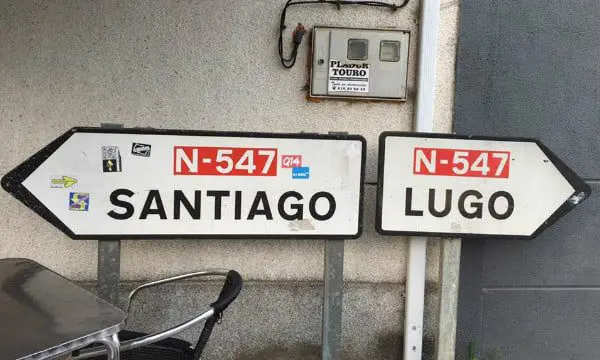
“The first few days are the worst. You get out of bed and your body just screams with the pain from top to toe.
Why am I putting myself through this, what the hell are you doing – why why why. Then you just shut the pain away and get ready to walk .
Outside you are greeted by the morning dew and sunrise. I felt alive, privileged to be able to walk where ancients have gone and to feel the energy of the day. I would adjust my pack and shoes, grab my walking poles and start putting one foot in front of the other.
Although I was “alone”, each morning there were countless pilgrims leaving the same town. We would greet, share stories and inevitably understand the driving force that took us there was the same for all of us.
Each day was always different, walking through old ancient villages, rainforests, roads, mountain peaks and through farmland where people still live the way they have done for generations.
The day would end as you walk into another town and greet the people you had met along the way. Some became friends, others served as messengers that taught you more about who you are.”
5. When was the moment that you realised you had disconnected from the normal day-to-day?
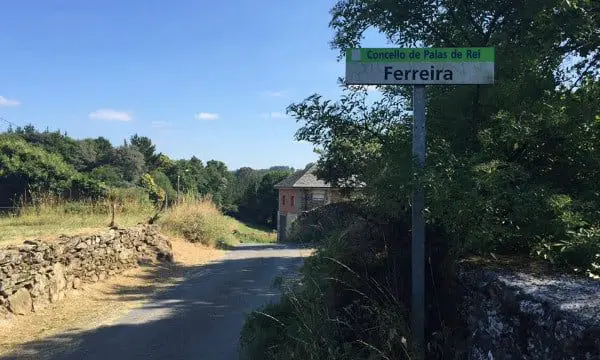
“Leaving Rabannal on the second day of the walk, the mist was still lifting as the sun was rising. I met a lady and started up conversation and she asked me if I had brought any stones to lay at the Iron Cross.
Pilgrims would carry a rock with them to lay at the foot of the Iron Cross. It was symbolic of letting go of the burdens of your life and all that doesn’t serve you.
I found six rocks, one for each of the females in my family. I held each rock and thought of them and imagined them being there on the journey with me and poured out all the negative emotions in their life that I knew troubled them (we lost our father 3 years before).
When I approached the Iron Cross I there was a man at the foot of the cross with the sun and light behind him, about to place his rock at the base.
When my turn came, I took several moments and prayed with all my heart that we as a family would release the hurts of the past and move forward in a life without our fathers strong physical presence. I knew that he would always be with us on our journey. I cried so much in letting go and when I was ready – walked calmly and serenely to the base, blessed each rock and placed it down at the base.
I didn’t look back. I only looked forward. That became the mantra for the rest of the walk. And life.
6. What about the people you met and how they changed your perspectives?
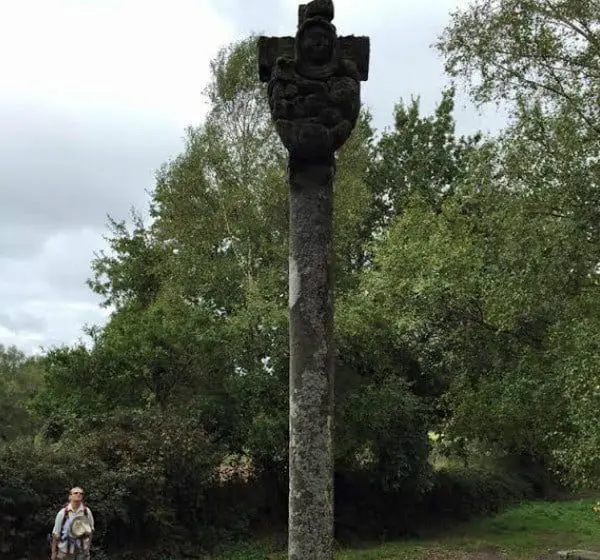
“When you open yourself up to change, you allow the encounters you have with other people to change you. When you accept you are not alone you finally realise that there are people (or family) there for you. You just need to ask.
You can change the world by the way you see it and feel it. When you share that aspect of yourself, you allow others to open up until we all know that collectively we can unite to bring positive change.
Every person I met along ‘The Way’ allowed me to see and feel that and some have become lifelong friends.”
“The Camino offers many things to many people, each comes on the journey with their own motivations – but all are united by the common goal of reaching Santiago. For centuries the Camino de Santiago has been a great teacher and leveller, all those who travel it’s path connect with simplicity and are changed in some way, great or small.”
Taken from main Camino De Santiago website
7. How about coming home?
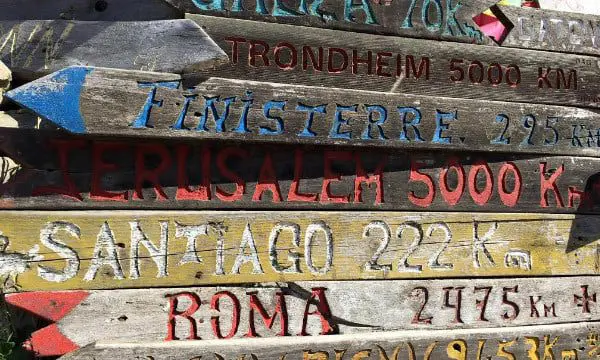
“The hardest part was explaining the inner transformation, how your soul transcended to a higher spiritual awakening. The Camino took me to depths I feared to tread, acknowledge or deal with. It allowed me to strip away my mask and see people for who they really are.
That’s confronting because with some relationships it’s about uncovering the untruths. With other’s you open up your eyes and see beauty of the journey.
Keeping this within your heart and trying to function the way you did before you left is hard. So each day I deliberately transport my mind “there” to the feeling and emotion of walking the Camino and the journey.”
8. How has that changed what you do and who you are today?
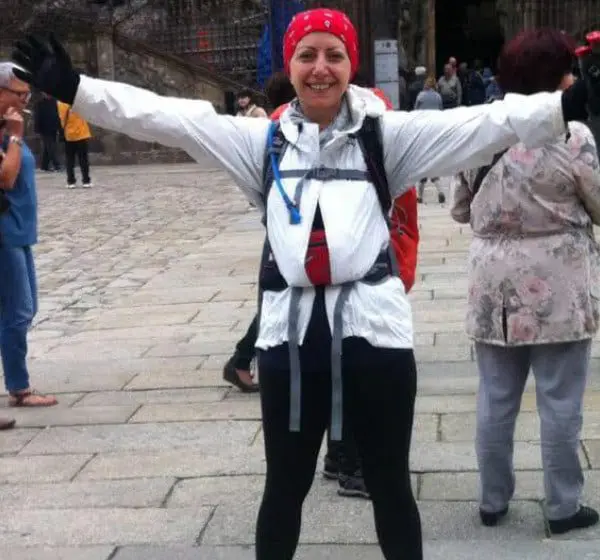
Mona Tannous
“Each day I ask myself – does this serve my higher person; do the actions I talk today allow me to walk in peace, with integrity, with joy and with grace in my heart? My daily mantra has since become – show me the way, may I walk with grace and everything I do come from a place of grace”.
The Camino De Santiago
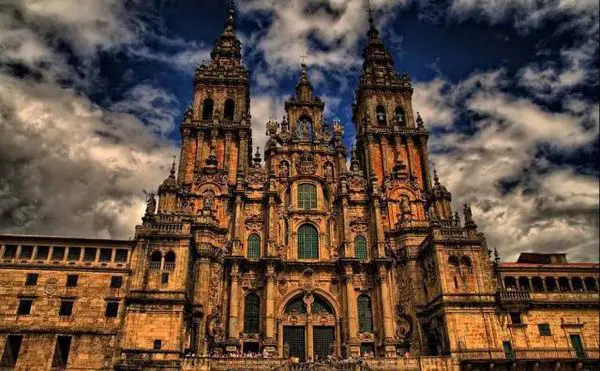
The Camino de Santiago (the Way of St. James) is a large network of ancient pilgrim routes stretching across Europe and coming together at the tomb of St. James (Santiago in Spanish) in Santiago de Compostela in northwest Spain.
Yearly, hundreds of thousands of people of various backgrounds walk the Camino de Santiago either on their own or in organized groups.
Click here to find out more.


